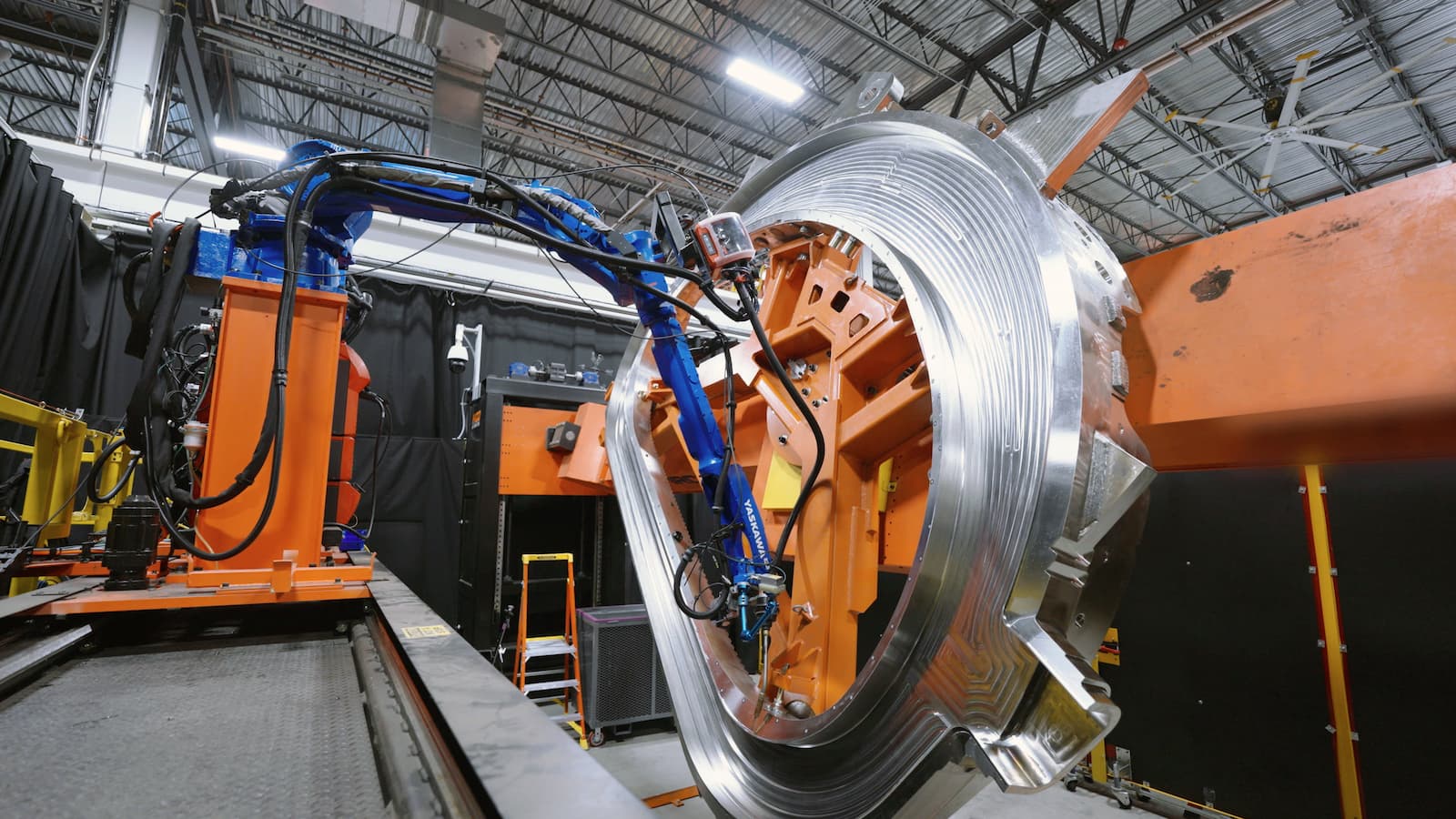CFS fusion progress: We’ve built more than half of SPARC’s magnet ‘pancakes’


Here at Commonwealth Fusion Systems (CFS), our Magnet Factory has hit full stride making the electromagnets we need to build our first fusion machine, SPARC. And now we’re more than halfway through making our toroidal field magnet “pancakes,” our Chief Executive Bob Mumgaard reveals in our newest 6-month update.
He also details some massive news for CFS, our selection of a site in Virginia for our first fusion power plant, ARC. And the video shows some new views of our magnet-testing cryostats, welding robots, vacuum vessel, and tokamak base.
For those of you unfamiliar with our terminology and our effort to put clean, abundant, zero-carbon fusion energy onto the power grid, here’s a quick refresher. We’re building a fusion machine called a tokamak that uses very powerful electromagnets to confine and control a very hot, very energetic cloud of particles — a plasma. Our first tokamak, SPARC, will demonstrate in 2027 that we can produce more energy from fusing those plasma particles together that it takes to start and sustain the process, a milestone called net fusion energy and denoted Q>1. Our second tokamak, ARC, will put fusion power on the grid in the early 2030s at a site we just announced in Virginia.
Building SPARC remains the company’s top priority. But our Virginia plan brings the next step for CFS into focus: commercializing fusion power. It’s a new chapter of growth for the company.
Two years after moving into our headquarters in Devens, Massachusetts, we’ve constructed SPARC’s building and have been adding components for systems like heating, cooling, and power for months. Now we’ll start assembling the SPARC tokamak itself soon. That’s made possible by the arrival of the cryostat base, which is the foundation of the tokamak, and the vacuum vessel, which is its heart, and the magnets. Check the video to see some of this hardware.
What exactly is a magnet pancake? At CFS, we build our magnets with coils of high-temperature superconducting (HTS) tape that carry enormous electrical currents. A magnet is made of several flat pancakes that each house a coil of HTS tape. We stack multiple pancakes together into a full magnet. The first magnets we’re building are D-shaped toroidal field (TF) magnets, but we’ve begun stacking circular poloidal field (PF) pancakes to make our first PF magnet now, too.
Our TF and PF magnets have different jobs that require different designs: TF magnets run with steady electrical current, but PF magnets are pulsed, meaning they have to ramp current up and down rapidly. That takes a different design called PIT VIPER to corral the current.
When we finish stacking a group of TF pancakes, we put the stack into a steel case that’s divided into two halves like a clamshell. Then we weld the two halves together with robotic equipment you can see at work for the first time in this video. Check it out!
If you want to see where we’ve come from, you can also watch our CFS update videos from June 2023, December 2023, and June 2024.